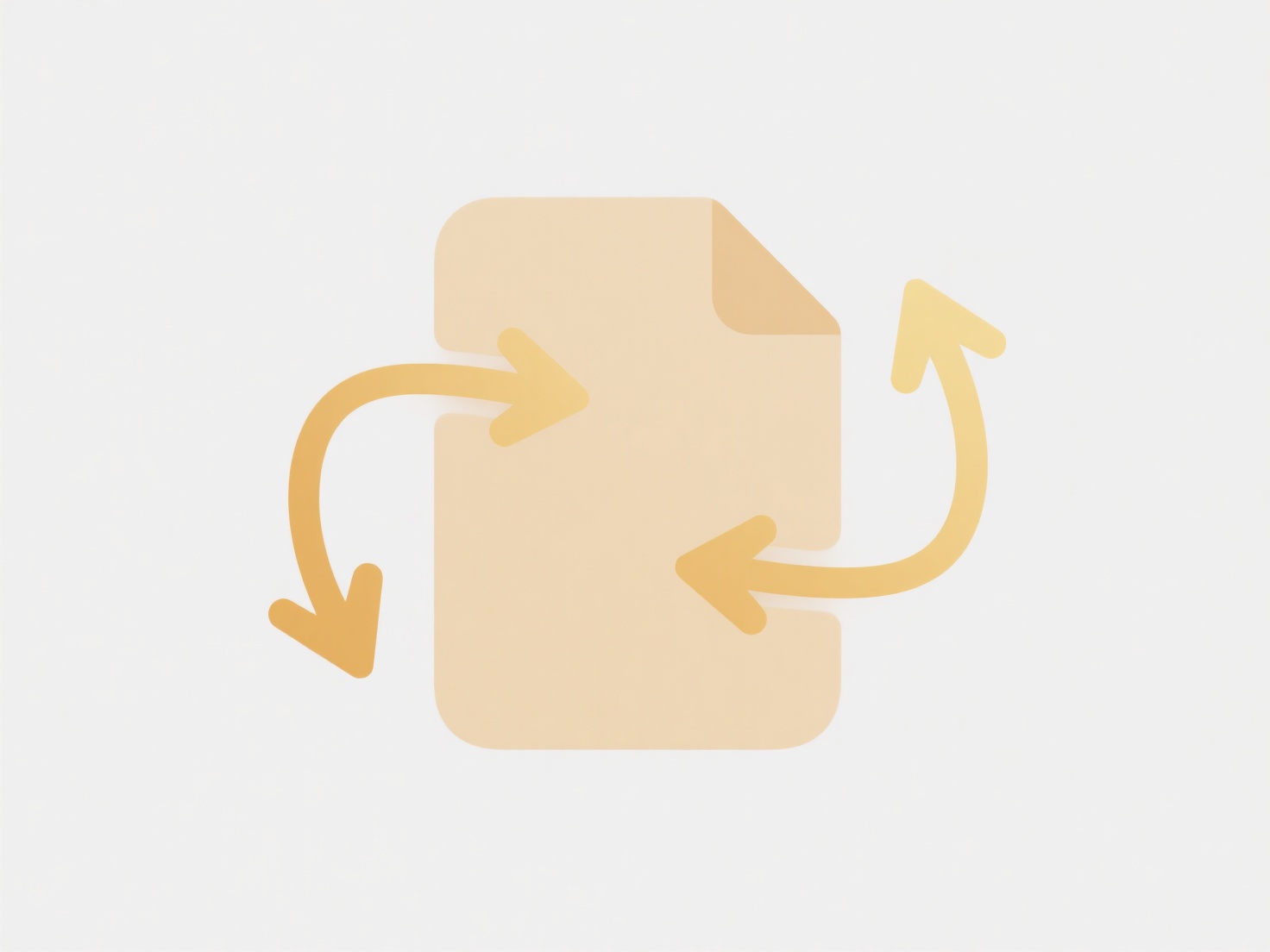
.pages files are specifically created by Apple's Pages application, which is part of the iWork suite exclusively for macOS and iOS. They represent complex documents that store text, formatting, images, and layout information using a proprietary format only understood by Pages. Windows operating systems lack the necessary built-in software components to interpret and display this unique file structure. While Windows can open standard formats like .docx, it doesn't recognize the .pages file's internal coding without extra help.
This becomes a practical issue when someone using Pages on an Apple device saves their work as a .pages file and shares it with a Windows user, or if you're trying to open an old Pages document you saved on a Mac using a PC. The file might appear corrupted or display an error like "Windows cannot open this file." For the receiver using Windows to access the content, the original sender needs to export the document from Pages to a compatible standard format like .docx or PDF, or the recipient can access it through the web version of Pages via iCloud.com if it was saved there.

The main advantage of .pages files is their deep integration with Apple's ecosystem, ensuring perfect fidelity and editing capabilities within Pages. The primary limitation is this very lack of native cross-platform compatibility with Windows, hindering easy document exchange. This demonstrates how software ecosystems can create file format barriers. While reliance on conversion or cloud workarounds persists, broader industry adoption of open document standards helps mitigate such compatibility issues over time. Apple improving web access via iCloud also helps bridge the gap.
Why can't I open a .pages file on Windows?
.pages files are specifically created by Apple's Pages application, which is part of the iWork suite exclusively for macOS and iOS. They represent complex documents that store text, formatting, images, and layout information using a proprietary format only understood by Pages. Windows operating systems lack the necessary built-in software components to interpret and display this unique file structure. While Windows can open standard formats like .docx, it doesn't recognize the .pages file's internal coding without extra help.
This becomes a practical issue when someone using Pages on an Apple device saves their work as a .pages file and shares it with a Windows user, or if you're trying to open an old Pages document you saved on a Mac using a PC. The file might appear corrupted or display an error like "Windows cannot open this file." For the receiver using Windows to access the content, the original sender needs to export the document from Pages to a compatible standard format like .docx or PDF, or the recipient can access it through the web version of Pages via iCloud.com if it was saved there.

The main advantage of .pages files is their deep integration with Apple's ecosystem, ensuring perfect fidelity and editing capabilities within Pages. The primary limitation is this very lack of native cross-platform compatibility with Windows, hindering easy document exchange. This demonstrates how software ecosystems can create file format barriers. While reliance on conversion or cloud workarounds persists, broader industry adoption of open document standards helps mitigate such compatibility issues over time. Apple improving web access via iCloud also helps bridge the gap.
Related Recommendations
Quick Article Links
What are indexed vs non-indexed locations?
Indexed locations refer to data storage positions explicitly cataloged within an auxiliary data structure (an index) for...
Why is my filename being rejected by a web form or upload portal?
Web forms and upload portals often reject filenames due to specific formatting rules. These rules typically prohibit cha...
Which is better: storing files in the cloud or on a local device?
Cloud storage refers to saving files on remote servers accessed via the internet, managed by a third-party provider. Loc...